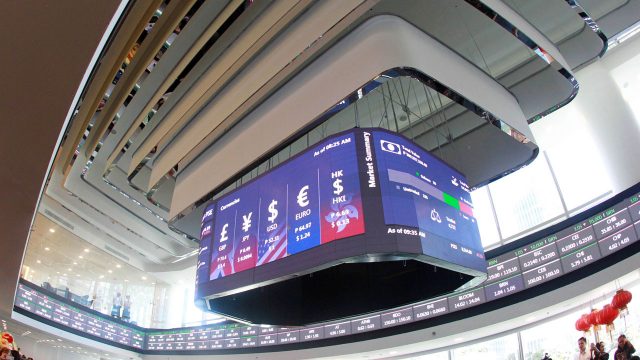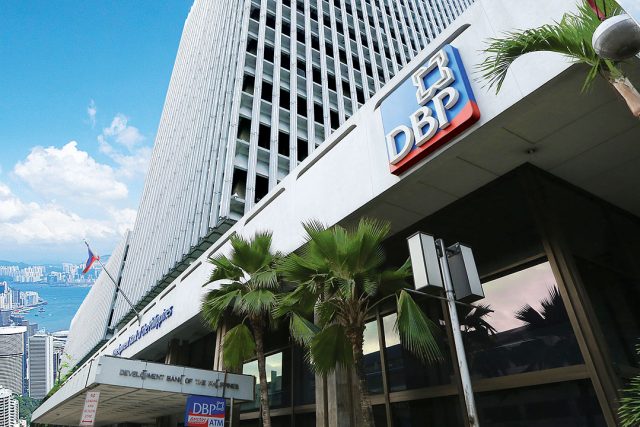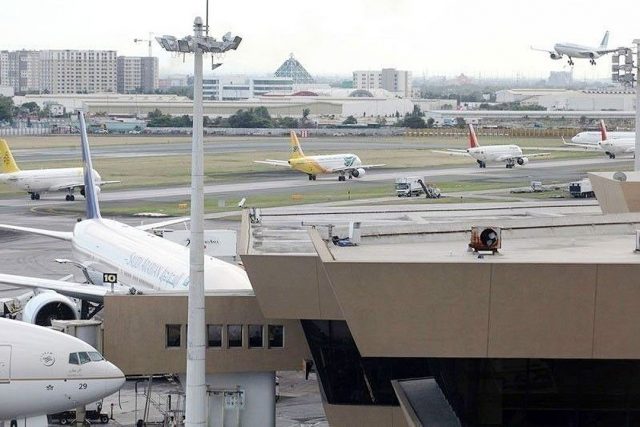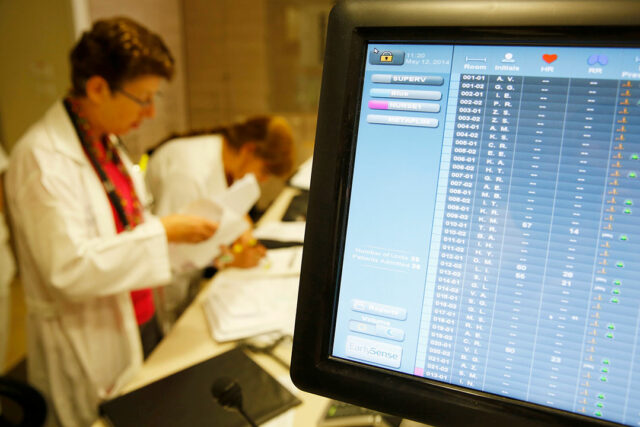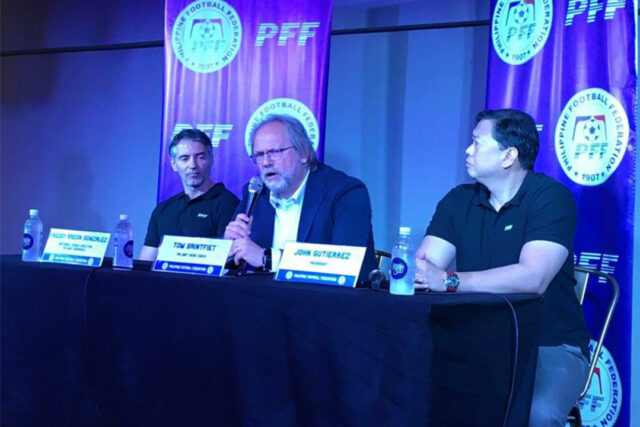In last week’s article, my colleague discussed the new rules on the treatment of foreign currency transactions for internal revenue tax purposes. That article provided clarifications and guidelines on the use of appropriate forex rates in recording and reporting foreign currency transactions for tax purposes.
Now, let’s do a deep dive into the Bureau of Internal Revenue’s (BIR) recently issued Revenue Memorandum Circular (RMC) No. 19-2024. This RMC provides clarification on the tax treatment of interest expense paid or incurred on indebtedness in connection with the taxpayer’s profession, trade, or business and other related matters. According to BIR, it has been observed that the differences in the treatment of interest expense in the financial statements and tax returns give rise to several issues and concerns for both the BIR and the taxpayers. Hence, the BIR issued the RMC to assist taxpayers in properly treating the interest expense for tax purposes.
DEDUCTIBILITY OF INTEREST EXPENSE
The RMC reiterated that interest expense paid or incurred within a taxable year on indebtedness in connection with the taxpayer’s profession, trade, or business shall be allowed as a deduction from gross income when all the requirements of deductibility are satisfied. These requirements include, among others, that the indebtedness must be that of the taxpayer, the interest must have been stipulated in writing, the interest must be legally due, and the interest was not treated as capital expenditure if such interest was incurred in acquiring property used in trade, business, or exercise of profession.
In addition, the RMC stated that the tax must have been withheld on interest to claim such interest as a deduction from gross income. However, with the passage of the Ease of Paying Taxes Act, which became effective on Jan. 22, this requisite has been repealed.
CAPITALIZABLE INTEREST
For tax purposes, only the interest expense directly attributable to the acquisition of any property (e.g., building, car, or machinery) used in trade, business, or exercise of profession (excluding assets intended for sale such as inventory) may be capitalized.
Should the taxpayer elect to capitalize the interest expense incurred to acquire property used in trade, business, or exercise of profession for tax purposes, the following rules and requirements apply:
• The option to capitalize interest expenses is irrevocable per specific asset or property;
• If the loan covers the acquisition of several properties, the interest expense on such loan must proportionately be capitalized on such properties;
• If the loan pertains to general borrowings or covers the acquisition of an asset/property used in trade, business, or practice of profession and qualifying assets intended for sale, such as inventory, only the interest expense incurred or paid from the general borrowings directly attributable to the acquisition of the asset/property used in trade, business, or exercise of profession may be capitalized by the taxpayer, subject to verification upon tax audit;
• If multiple loans were contracted for the acquisition of a single property used in trade, business, or exercise of profession, the option to capitalize interest must be applied consistently with all the loans relating to the acquisition of such property; and
• If the interest expense is treated as a capital expenditure, the taxpayer may only claim the periodic depreciation or amortization of such capital expenditure as a deduction from gross income. The capitalized interest expense shall be depreciated or amortized based on the useful life of the asset. Generally, depreciation or amortization commence upon the acquisition of the property, or when the property is ready for its intended use.
The BIR provides illustrations and computations in Annex A of the RMC for taxpayers to better appreciate the above rules.
DISCLOSURE IN NOTES TO FINANCIAL STATEMENTS
For the proper monitoring of interest expenses, the RMC provided that the following may be submitted and/or disclosed in the taxpayer’s notes to financial statements:
• A subsidiary ledger detailing the interest expense capitalized or expensed and/or disclosure of interest capitalized or expense;
• Disclosure of the principal payments made and the interest expense paid or incurred;
• Documents that will justify the availment of interest capitalization (e.g., Board Resolution specifying the utilization/allocation of loan proceeds for general borrowing, year-end certification from the financial institution or creditor, loan documents, and other similar documents).
With respect to the first requirement (i.e., subsidiary ledger) and last requirement, the RMC did not state when and where the taxpayer would submit the documents. Should the documents be filed annually or during a tax audit? Let’s wait for the BIR’s answer to this.
PREPAID INTEREST
As a general rule, interest expenses are to be deducted in the year paid or incurred.
Individual taxpayers reporting income on a cash basis who incur an indebtedness on which an interest is paid in advance through discount or otherwise, such interest expense paid in advance is only allowed as a deduction in the year when the taxpayer fully pays off the indebtedness. If the indebtedness is payable through periodic amortization, the amount of interest expense that corresponds to the amount of the principal amortized or paid during a certain period is allowed as a deduction in such taxable year.
For corporations that prepay the interest at the loan drawdown date, the prepaid interest is to be amortized over the required period. To fully reflect the revenue generated and expenses incurred, the amortized portion is to be deducted from the prepaid interest as the expense for the taxable year within the required period.
OTHER CLARIFICATIONS
The RMC reiterated the Tax Code provision which states that interest expenses are not deductible if both the taxpayer and the person to whom the payment has been made or is to be made are persons specified under Section 36 (B) of the Tax Code, as amended.
Moreover, costs such as service fees and commissions paid to banks and/or lending institutions for borrowing funds are not classified as interest expenses but as ordinary and necessary business expenses that are deductible in the year paid or incurred.
Further, the RMC recapped the applicable withholding tax rate on interest expense paid or incurred on debt instruments not within the coverage of deposit substitutes.
The RMC was issued on Feb. 5 and took effect immediately.
TAKEAWAY
With the issuance of the RMC, taxpayers are now guided in the proper tax treatment of interest expense; more so, the issues and concerns surrounding the deductibility of interest expense for both BIR and taxpayers during tax audit are expected to diminish.
The efforts put in by the BIR, particularly the BIR Project Management Team for Financial Reporting Standards, to bridge the gaps between financial reporting and tax reporting, won’t go unnoticed. Taxpayers, the private sector, and external stakeholders recognize and appreciate the BIR’s drive to boost tax awareness and take the technical concept of taxation to the doors of ordinary taxpayers while communicating at the layman’s level. As Commissioner Lumagui put it, “Taxation is for everyone. It was not meant to be understood only by a few people.”
Let’s Talk Tax is a weekly newspaper column of P&A Grant Thornton that aims to keep the public informed of various developments in taxation. This article is not intended to be a substitute for competent professional advice.
Nikkolai F. Canceran is a partner from the Tax Advisory & Compliance division of P&A Grant Thornton, the Philippine member firm of Grant Thornton International Ltd.
pagrantthornton@ph.gt.com


